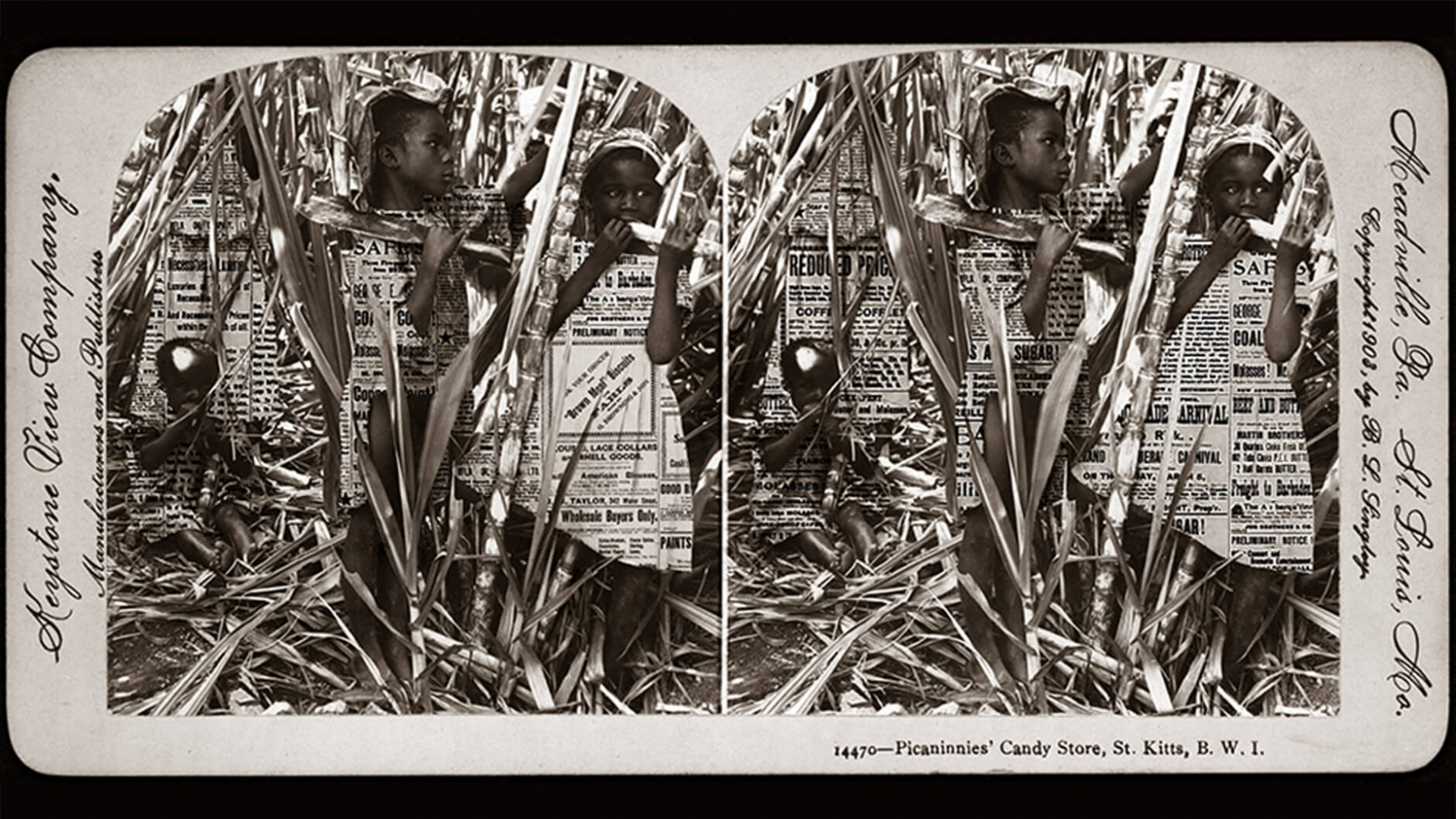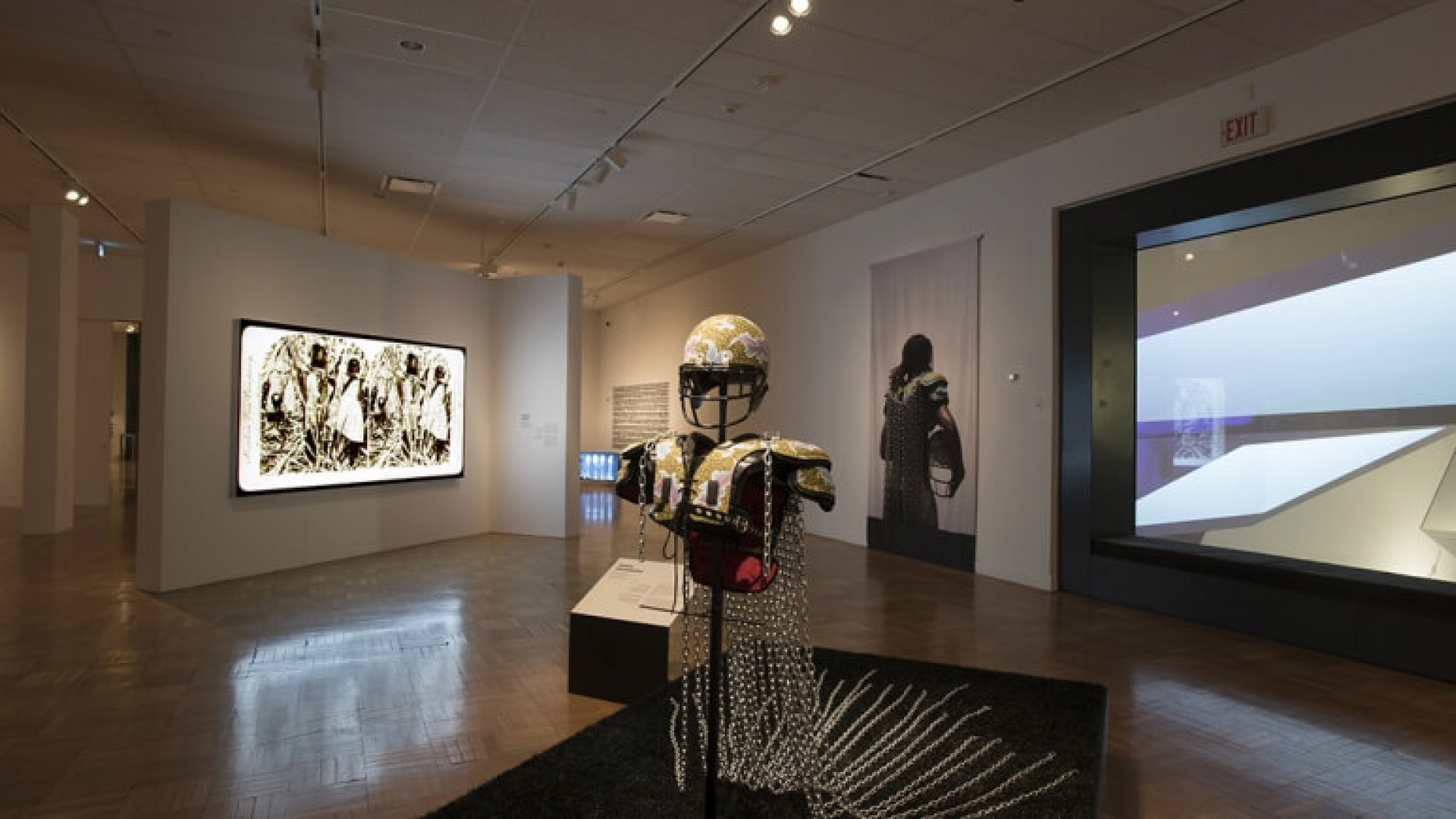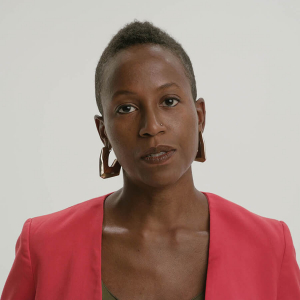How museum are rethinking and rewriting the stories of their collections
On January 26, 2018, the exhibition Here We Are Here: Black Canadian Contemporary Art opened at the ROM. Curated by Julie Crooks, Dominique Fontaine, and ROM’s curator Silvia Forni the exhibition represented the culmination of the ROM’s multi-year Of Africa project, which was launched in 2013. Three years later, we find ourselves in the midst of a global pandemic and the aftermath of Black Lives Matter protests for racial justice which erupted in May 2020. These events have had a profound effect not only on our lives but also on our cultural institutions. It is within this climate of uncertainty and continued anxiety that we are editing the forthcoming volume Making History: Visual Arts and Blackness in Canada, a publication that complements and expands the reflection initiated by the exhibition.
Assembling 23 essays that range from the theoretical to the personal, this volume is being produced at a crucial moment in our social history. The many voices and points of view within present ideas that corroborate the state of cultural emergency in which we are living, where museums are forced to restructure, rethink their organizations, and rewrite the stories of their collections.
The essays are grouped into three sections: Residues of history and ongoing challenges; Black Art/Black Canada; Towards a history of Black art in Canadian institutions: Here we are here?. The first section speaks to the lingering, haunting issues that prompted the multi-platform initiative Of Africa. The second addresses the presence of Black contemporary art in Canadian institutions and offers artistic perspectives on contemporary and historical art practices. And the final section deals with the history of exhibitions vis-a-vis blackness in Canada and focuses on the importance of the exhibition Here We Are Here: Black Canadian Contemporary Art within that lineage. Within this broad structure, however, a plurality of themes and ideas reverberate throughout the book.
The volume is a reflection on the positioning of Black history and art within the Canadian cultural landscape. It brings together poems, artist statements and art portfolios to highlight the issues and ideas that informed the ROM initiatives, while bringing to the fore the multiplicity of voices and perspectives they elicited. The purpose of this book is to continue on a path towards more careful and thoughtful understanding of Black aesthetics, expanding a complicated history, and allowing for a multiplicity of voices and perspectives.
The Of Africa project was grounded in a very specific ethos of collaboration, dialogue, and multivocality. While on the one hand it developed a series of programs that articulated some of the facets of art production in Africa and the Diaspora, on the other, it engaged with the ROM’s specific tense history with the Black community of the GTA, as a consequence of the protest that surrounded the 1989 exhibition Into the Heart of Africa. Through Of Africa, we were able to re-engage with this history along with some of the people involved in the protest, and start a new dialogue that culminated in an official ROM apology in 2016, which was accepted by the Coalition for Truth about Africa.
As an intervention within the museum site, Here We Are Here: Black Canadian Contemporary Art explored the Black presence and history in Canada through installations and works by Sandra Brewster, Michèle Pearson Clarke, Chantal Gibson, Sylvia D. Hamilton, Bushra Junaid, Charmaine Lurch, Esmaa Mohamoud, Dawit L. Petros and Gordon Shadrach. Since its showing at the ROM in 2018, the exhibition has travelled to the Montreal Museum of Fine Arts and the Art Gallery of Nova Scotia. In its presentation at the MMFA, we added three Montreal artists: Eddy Firmin, Manuel Mathieu, and Shanna Strauss. As mentioned by Kelsey Adams in her review for Canadian Art (April 10, 2018), the exhibition critiqued “the way in which Black Canadians are constantly positioned as immigrants or newcomers; this is a commonplace assumption based on a legislated multiculturalism that maintains the perception of this population as “other” by actively contributing to the erasure of Canada’s Black history.”
Digital video stills from Suck Teeth Compositions (After Rashaad Newsome) featuring Greg by Michèle Pearson Clarke, 2017. Images courtesy of the artist.
This is the context in which Making History is situated. The book is rooted in, and expands, the conversations that led the Of Africa project. It constitutes a reflection of a particular moment in the debate on race and representation in Canadian contemporary art and museums.
This publication is part of an ecosystem that is growing and expanding through a number of recent exhibitions and publications, which all contribute to articulate the complexity of Black Canadian contemporary art production and criticism.
It follows in the footsteps of Towards an African Canadian Art History: Art, Memory, and Resistance edited by Charmaine A. Nelson and published in 2018, the first book that aimed to consolidate the field of African Canadian Art History. NEW-FOUND-LANDS: Exploring historical and contemporary connections between Newfoundland and the Caribbean diaspora, curated by Pamela Edmonds and Bushra Junaid, is an example of recent groundbreaking exhibition investigating historical and contemporary connections between Newfoundland and the Caribbean diaspora.
Making History: Visual Arts and Blackness in Canada is an unprecedented compilation of essays highlighting the dynamism and complexity of African and diasporic experiences seen through the lens of museological interventions and artistic practices at large. This book is designed to be a useful resource for a range of audiences: undergraduate and graduate students, scholars and critics, and the readers that have an interest in the contemporary present and art historical perspectives.
Our hope is that the volume will offer multiple ways that we might come to understand the issues of absence of people of African descent in Canadian historical representation. The book encourages its readers to examine the history of exhibits and presentation of African and contemporary Diasporic art in Canada. And as readers move through the different essays, it is our wish that they will develop a more complex understanding of representational impasses in mainstream Canadian institutions.




